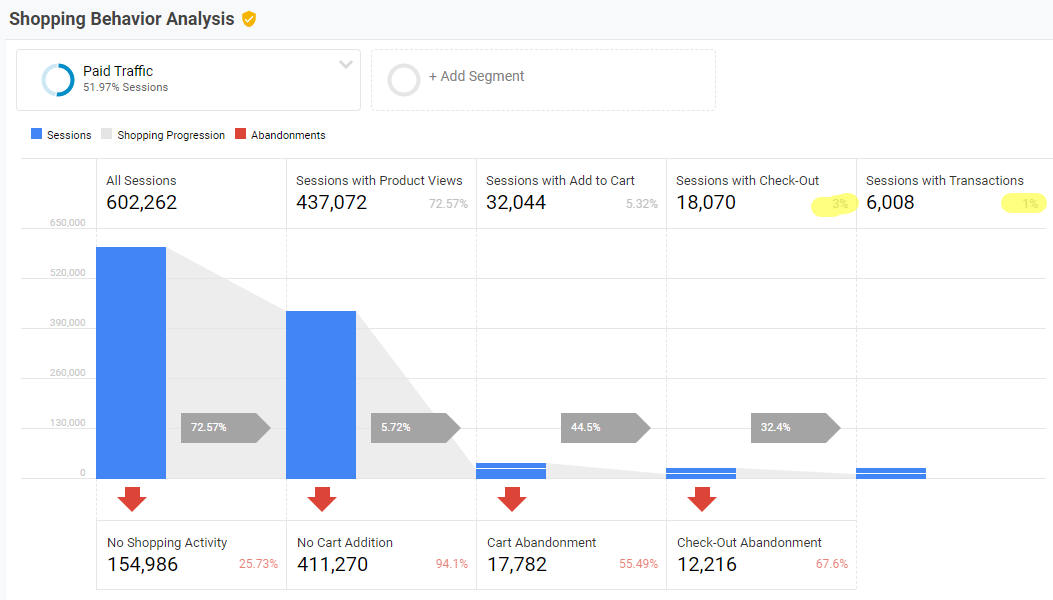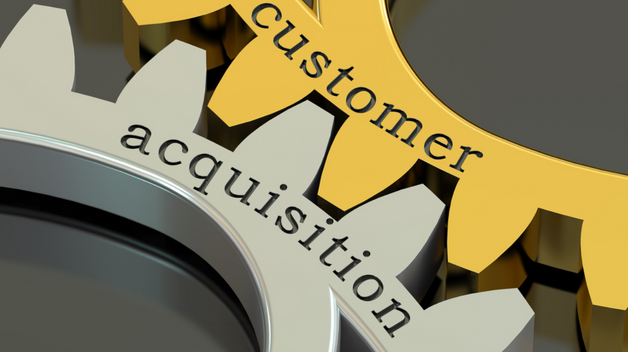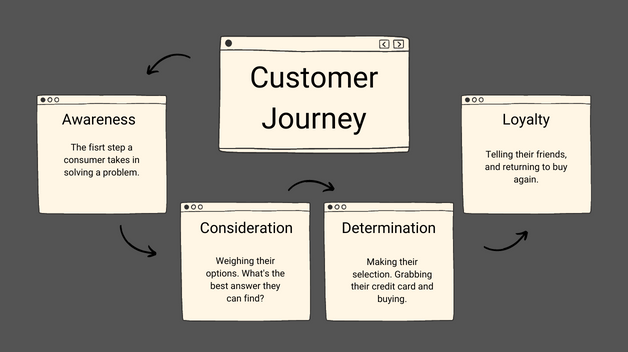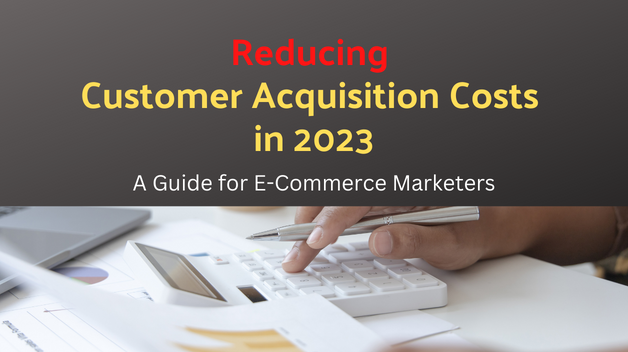To put it simply, your e-commerce conversion rates have a huge impact on customer acquisition costs. Even a slight increase in conversions can change the fortunes of an advertising campaign.
The Math of Conversion Rates and CAC
For the purposes of this discussion, let’s create an e-commerce company that sells fashion and accessories. We’ll assume the following:
- Current unoptimized conversion rate (CVR): 1.0%
- Monthly Ad spend: $100,000
- Average cost per click (CPC): $1.00
- Average order value (AOV): $100
We’re using nice round numbers here for ease of understanding, but they are realistic. Also note the CAC we’re going to be working with here is SPECIFICALLY for the paid advertising channel. For sure, a lift in social and organic traffic can have a huge benefit as well, but companies are often forced to rely on paid ads to grow quickly.
Based on the above, the numbers we use to calculate CAC are:
- Total Paid Sessions: ($100,000 / $1.00) = 100,000
- Total Paid Sales: (100,000 * .01) = 1,000
- Cost of Acquisition: (100,000 / 1,000) = $100
So at our current benchmarks, we’re paying $100 to acquire new customers. That may be good, and it may be bad, depending on the lifetime value of your average customer. What we know for sure is that your $100 AOV only covers advertising costs in this case if these customers never order again.
Now, let’s say through testing and simply following best practices, we manage to lift our e-commerce conversion rate to 1.25%. That’s an aggressive goal, but it’s doable.
Here’s what our CAC looks like now:
- Total Paid Sessions: ($100,000 / $1.00) = 100,000
- Total Paid Sales: (100,000 * .0125) = 1250
- Cost of Acquisition: (100,000 / 1,250) = $80
You just lowered your CAC for your paid channel by 20%, and now your AOV actually does more than feed Google. There’s “profit”.

5 Ways to Increase E-commerce Conversion Rates
The most important thing to do to get started is develop a testing plan across multiple areas of your website. Some ideas for testing include:
- Optimize your website for mobile devices: With more and more people shopping on their smartphones, it’s important to make sure that your website is mobile-friendly. This means that it should be easy to use and navigate on a small screen, and it should load quickly.
- Make it easy for customers to find what they’re looking for: It’s important to have a well-organized website that makes it easy for customers to find what they’re looking for. This includes having clear and concise product descriptions, as well as prominent calls to action that encourage customers to make a purchase. Also make sure that your on-site search is returning relevant results, and the products customers are most likely to buy.
- Test shipping offers: Customers expect fast and reliable shipping, so make sure that you are able to offer this to your customers. This can include offering free or discounted shipping, as well as providing tracking information so that customers can see the status of their orders.
- Test different high-quality product images: Having high-quality product images can help customers visualize what they’re buying, which can increase their confidence in making a purchase. Make sure to use clear, well-lit images that show the product from multiple angles. Be sure to test video as well!
- Test your checkout checkout process: The checkout process should be easy and straightforward, so that customers can complete their purchases quickly and without any unnecessary friction. This includes offering multiple payment options, as well as clearly displaying the total cost of the purchase.





